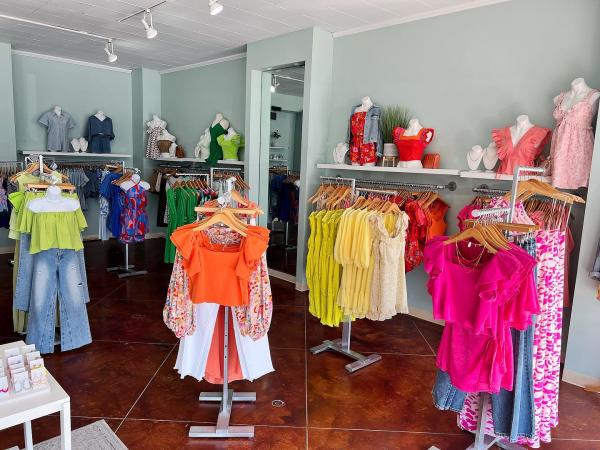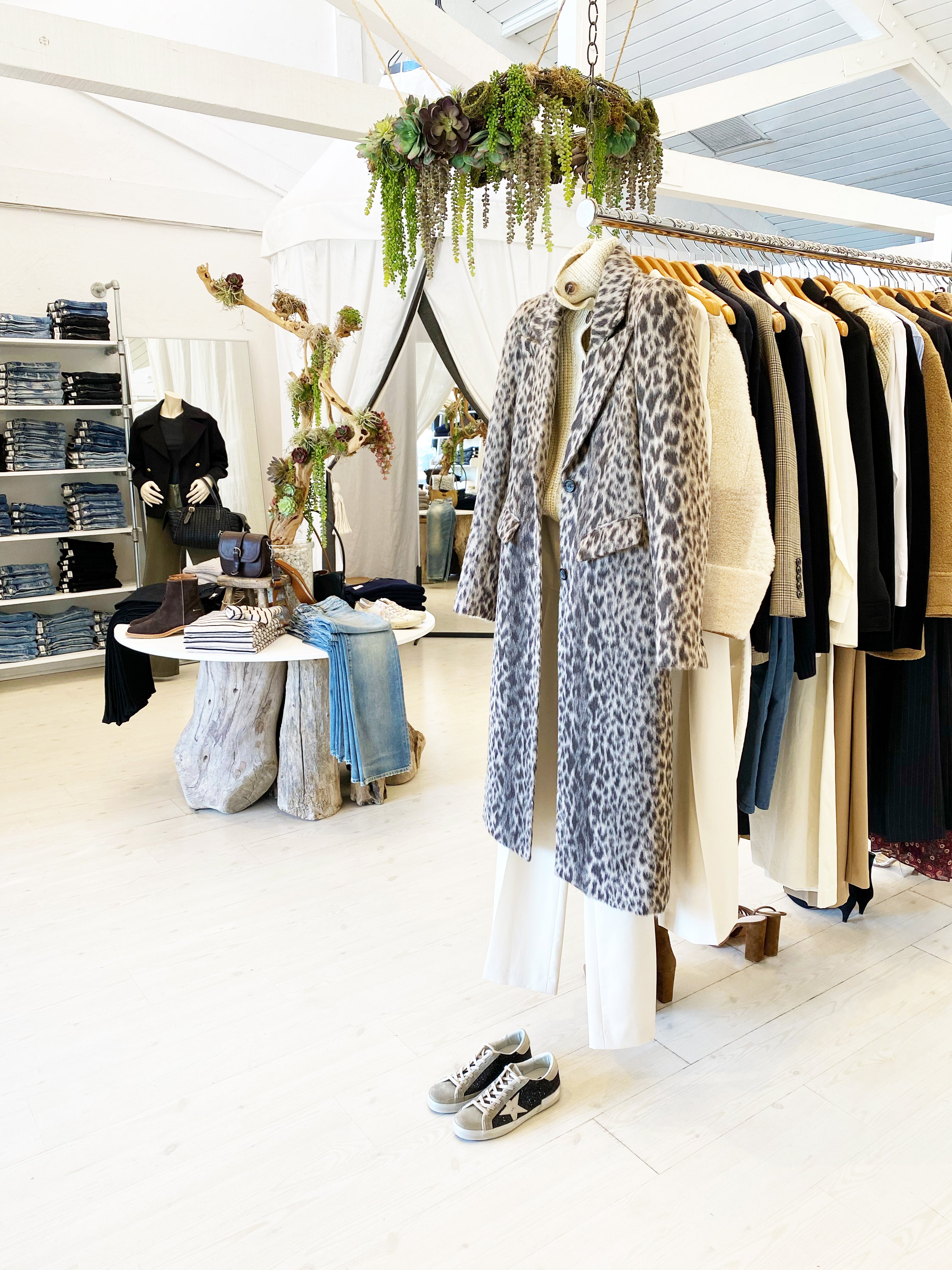Elevate Your Wardrobe with Stunning Boutique Fashion Essentials
Elevate Your Wardrobe with Stunning Boutique Fashion Essentials
Blog Article
A Deep Study the World of High-Fashion Runways: Comprehending Apparel as Art
Developers, much like masterful musicians, weave detailed narratives through fabric, shade, and type, challenging standard norms and redefining charm requirements. As we explore these sartorial spectacles, we must consider: what function does fashion play in forming societal values, and how does it mirror the ever-changing tapestry of human emotion and identity?
The Advancement of Runway Shows
The trajectory of runway programs has transformed considerably over the years, progressing from special market events to exciting spectacles that blend fashion with art. Traditionally, runway shows were intimate affairs, kept in ateliers or tiny places, mostly participated in by purchasers and industry experts. These very early presentations concentrated on the garments' workmanship and business practicality, offering a direct and useful display screen of seasonal collections.
As the garment industry increased, the nature of path shows began to alter. The 1970s and 1980s noted a transforming factor, with designers seeking to differentiate themselves through even more staged presentations. This period saw the rise of elaborate sets, choreographed designs, and thematic stories, advertising a new age where the runway came to be an experiential platform. The shows changed into a form of narration, where each collection communicated an unique narrative or concept.
In recent times, technology and social media have actually further reinvented path programs, making them available to a worldwide target market. Livestreaming and electronic systems have democratized fashion, permitting enthusiasts worldwide to witness these events in real-time (boutique fashion). This evolution reflects a more comprehensive cultural change, where high-fashion runways work as a vibrant crossway of technology, style, and efficiency
Designers as Enthusiast Artists
How have developers transcended their roles to end up being visionary musicians? Developers in the high-fashion market have obscured the lines between useful garment development and the theoretical world of art. This improvement is obvious in the method they approach their collections, not merely as apparel however as profound expressions of feeling, identity, and culture. By accepting artistic techniques such as sculpture, painting, and progressive installments, developers craft garments that test conventional style standards and raise them to art forms.
Visionary designers draw ideas from a myriad of resources, including abstract art, historical recommendations, and individual narratives. They have a distinct ability to visualize and materialize concepts that push the boundaries of conventional style, frequently redefining visual standards while doing so. This creative ingenuity is showcased with remarkable shapes, innovative materials, and complex workmanship, which welcome audiences to experience fashion as even more than simply wearable things.
Furthermore, the runway functions as a canvas for these musicians, where lights, music, and set design coalesce to create immersive experiences. These discussions are not merely displays of clothing however are coordinated efficiencies that stimulate feeling and prompt idea, attesting the developer's function as a real musician in the modern social landscape.
Cultural Impacts in vogue
Cultural tapestry weaves its intricate patterns into the textile of style, influencing designers internationally. The dynamic interchange of social tales, traditions, and symbols educates and influences collections that grace high-fashion paths.
The impact of culture on style is typically seen in the reinterpretation of typical garments and patterns. As an example, the use of Japanese bathrobes, Indian saris, or African prints in contemporary fashion mirrors a blend of cultural credibility and contemporary visual appeals. Designers such as Valentino's Pierpaolo Piccioli and Alexander McQueen's Sarah Burton have been recognized to integrate abundant social motifs right into their couture collections, translating background right into wearable art.

Development in Material and Layout
Technology in material and design continually improves the landscape of high-fashion, pressing boundaries and redefining opportunities. Designers are progressively exploring the assimilation of innovation, such as 3D printing, which allows for the creation of intricate structures that were formerly inconceivable.
The fashion industry is experiencing a surge in the usage of environment-friendly products, obtained from recycled plastics, organic fibers, and even biodegradable elements. Designers are embracing these materials to craft garments that are both aesthetically striking and aware of their environmental impact.
In regards to layout, avant-garde shapes and speculative forms are continually transforming the runway. By including non-traditional products and sophisticated strategies, developers cultivate garments that blur the line between fashion and art, establishing new standards for creativity and expression in the high-fashion sphere.
Impact of Style on Culture
Style possesses an extensive influence on society, functioning as both a reflection of cultural identity and a driver for social modification. With its development, style has actually mirrored social changes, enveloping the zeitgeist of different periods. As an example, the flapper outfits of the 1920s personified i was reading this a newly found sense of ladies's freedom, while the strong prints of the 1960s echoed the revolutionary spirit of the moment. High-fashion paths, specifically, function as platforms for challenging norms and redefining appeal criteria. Developers utilize these places to resolve pushing social problems, from sustainability to diversity, consequently forming public discussion.
Additionally, fashion has the power to bridge social spaces, fostering understanding and appreciation amongst diverse groups. As globalisation accelerates, the cross-cultural exchange of fashion concepts ends up being increasingly substantial, promoting inclusivity and diversity. The increase of streetwear, stemming from metropolitan subcultures, illustrates exactly how style can transcend find out here socio-economic borders, link approving people a way of self-expression and empowerment.
Basically, fashion is not just about aesthetic appeals; it is a vibrant force that affects values, mindsets, and social development (boutique fashion). By continuously connecting with cultural and social currents, style remains an indispensable part of the collective human experience

Final Thought
High-fashion paths offer as dynamic sectors where clothing transcends functionality to become an expressive art form. Designers, similar to visionary artists, orchestrate collections that reflect identity, emotion, and cultural narratives, testing typical visual appeals. The combination of ingenious material and design, coupled with fancy set designs, lighting, and music, produces immersive experiences that celebrate multiculturalism. This intersection of fashion and artistry not just astounds target markets globally yet additionally affects societal perceptions and promotes a deeper appreciation for social diversity.

Social tapestry weaves its elaborate patterns right into the material of fashion, affecting developers worldwide.Style wields an extensive impact on culture, serving as both a reflection of social identity and a driver for social adjustment.
Report this page